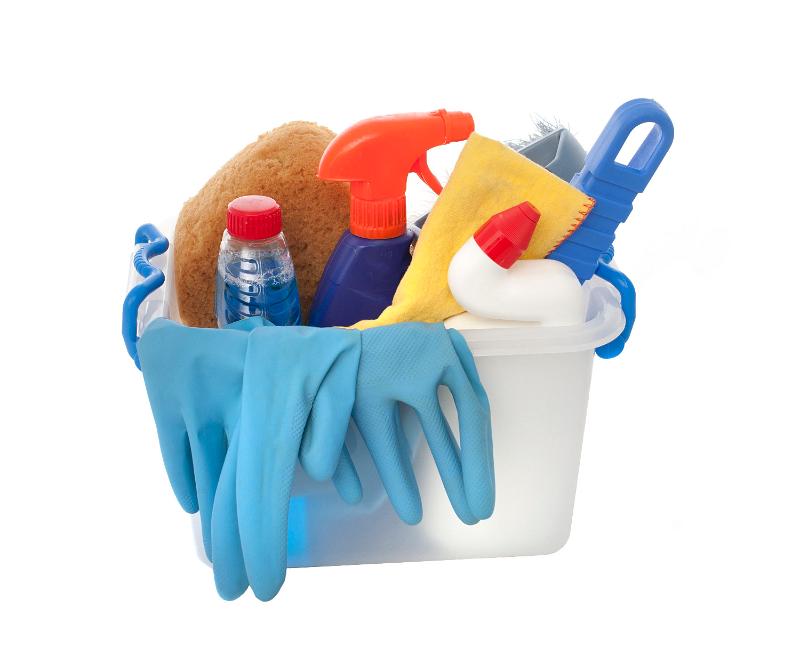

#Download image cleaner series
Removal or retention of descriptions (e.g., Study Description), which though useful may sometimes have identifying information, with separate options to remove or retain the Series Description and Protocol Name (which are generally both useful and safe).Replacement of all other identifying attributes (e.g., Referring Physician's Name, etc.).Modification of dates and times (e.g., Study Date), in a manner that preserves temporal relationships.Replacement values for Patient's Name, Patient's ID and Accession Number.Cleaning images for research or teaching, by removing identifiers and replacing them with dummy values.Importing images into the local PACS, changing the Patient ID and Accession Number to local values.The header and replace the identifying attributes with new values. What to remove and replace, including the ability to import and export without doing any cleaning at all, or to completely de-identify "Cleaning" is used to refer to the process of removing and/or replacing information in the DICOM "header". Send the cleaned instances over the network to a remote DICOM device.Export the cleaned instances to a folder with a DICOMDIR, which can be burned to a CD or DVD.Blackout burned in annotations in the pixel data of the cleaned files."Clean" the DICOM "header" of a selected set of instances.Query and retrieve from remote DICOM devices.Import files from a CD or the local hard drive or a shared network drive or any other media, with or without a DICOMDIR.DicomCleaner™ is a free open source tool with a user interface for importing, "cleaning" and saving sets of DICOM instances (files).


 0 kommentar(er)
0 kommentar(er)
